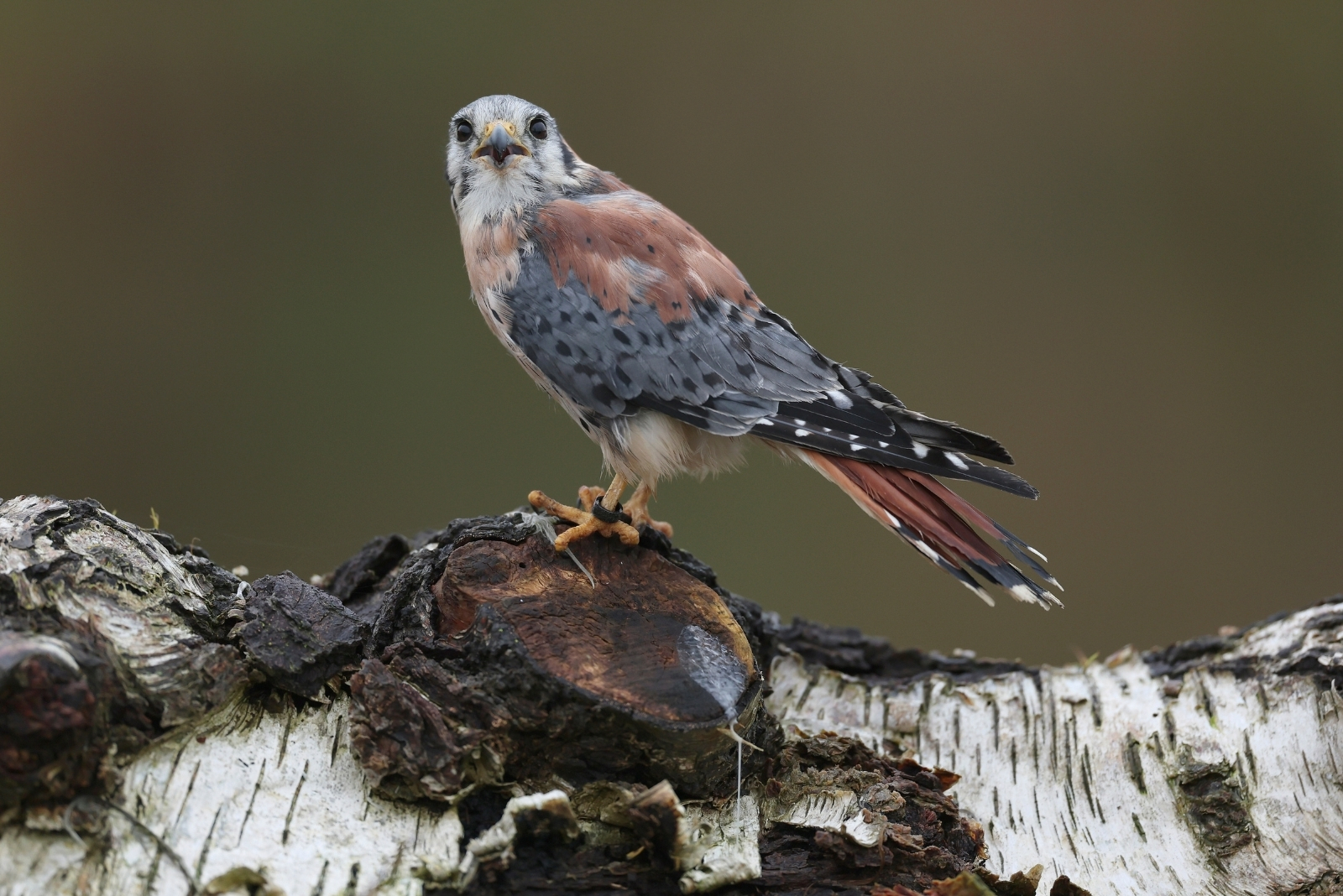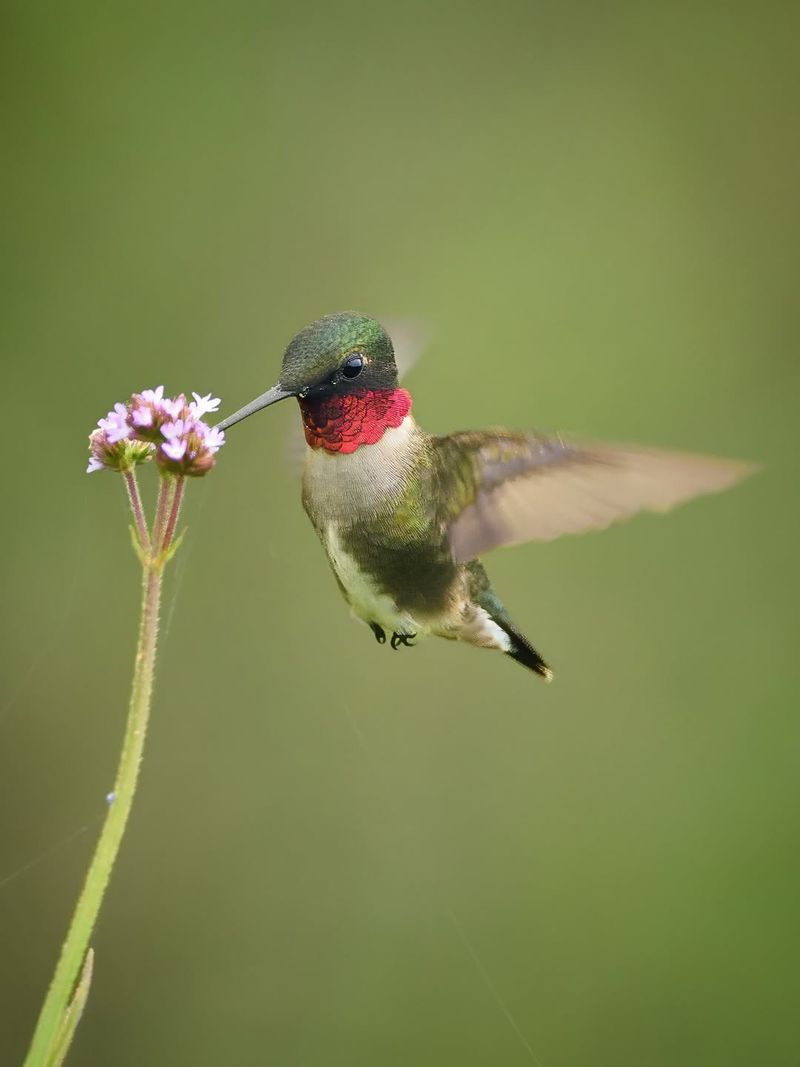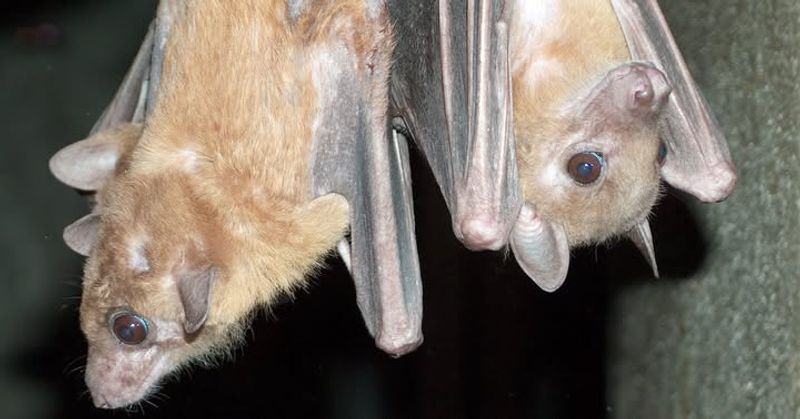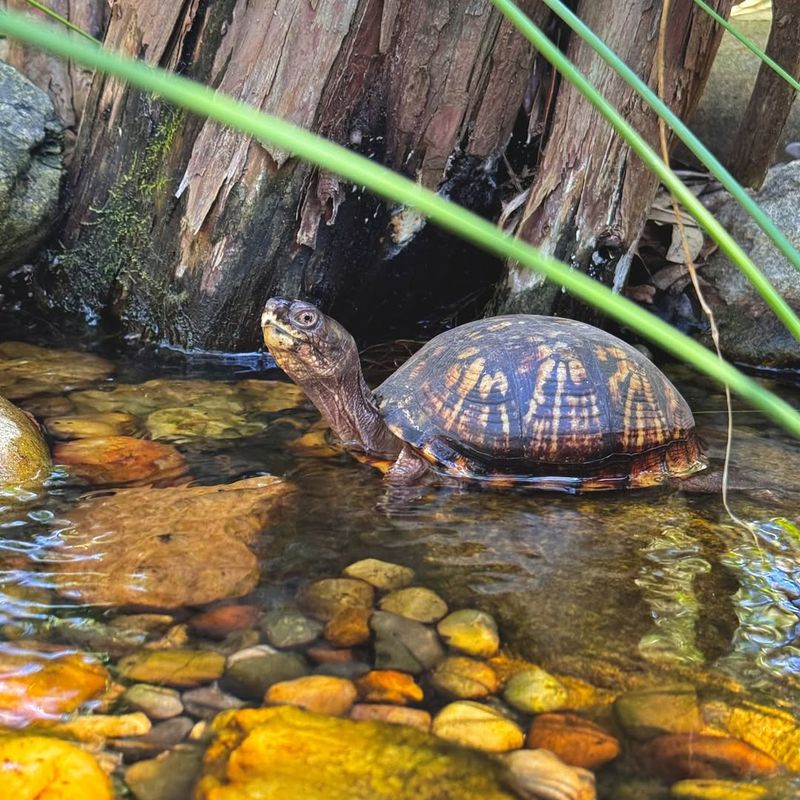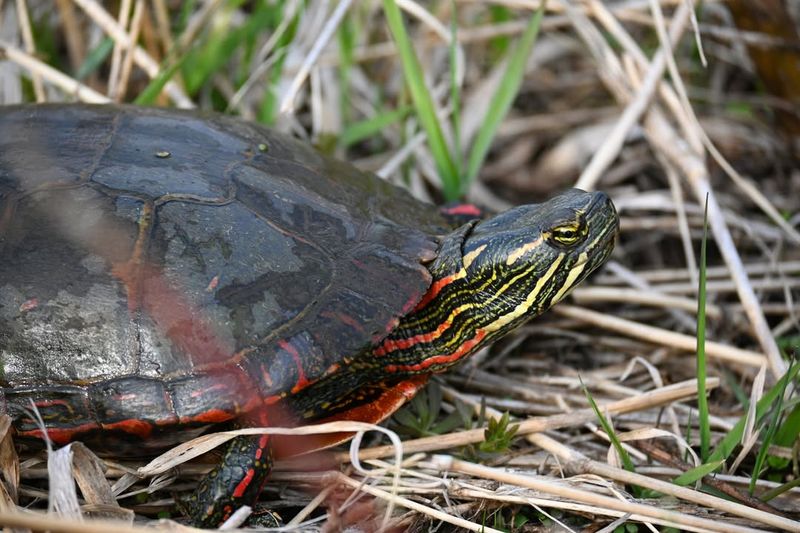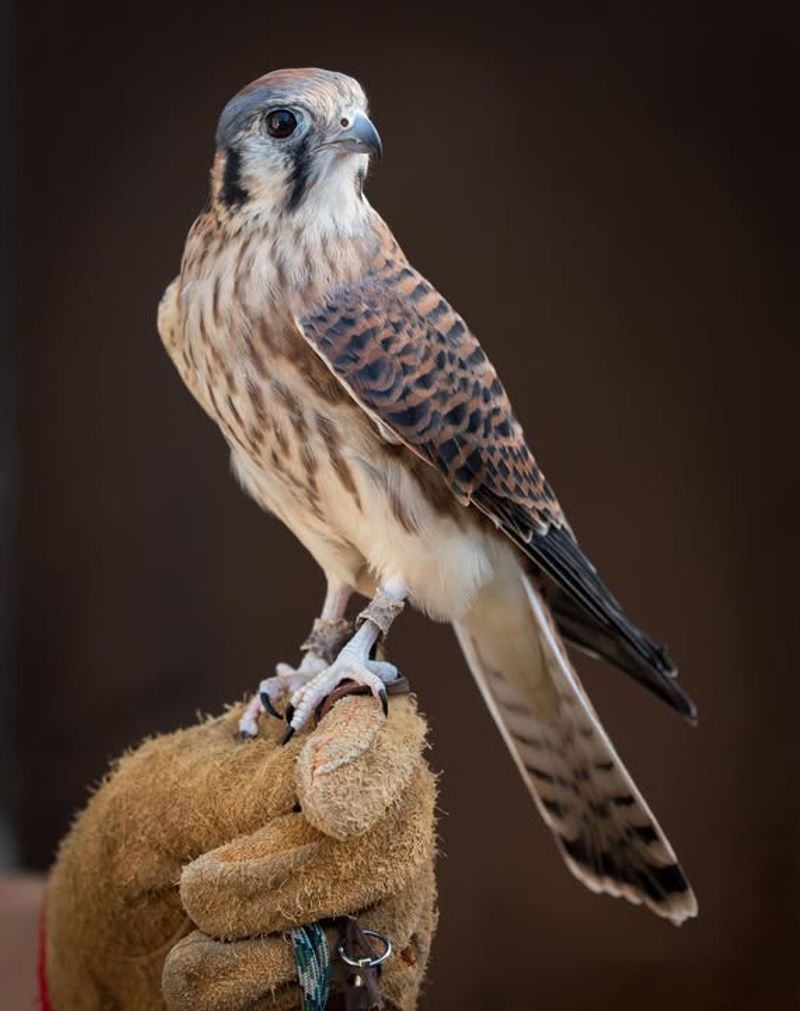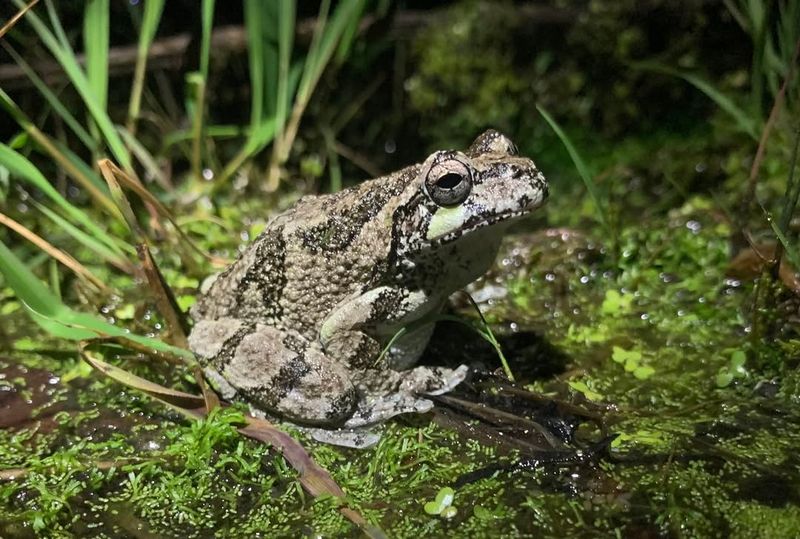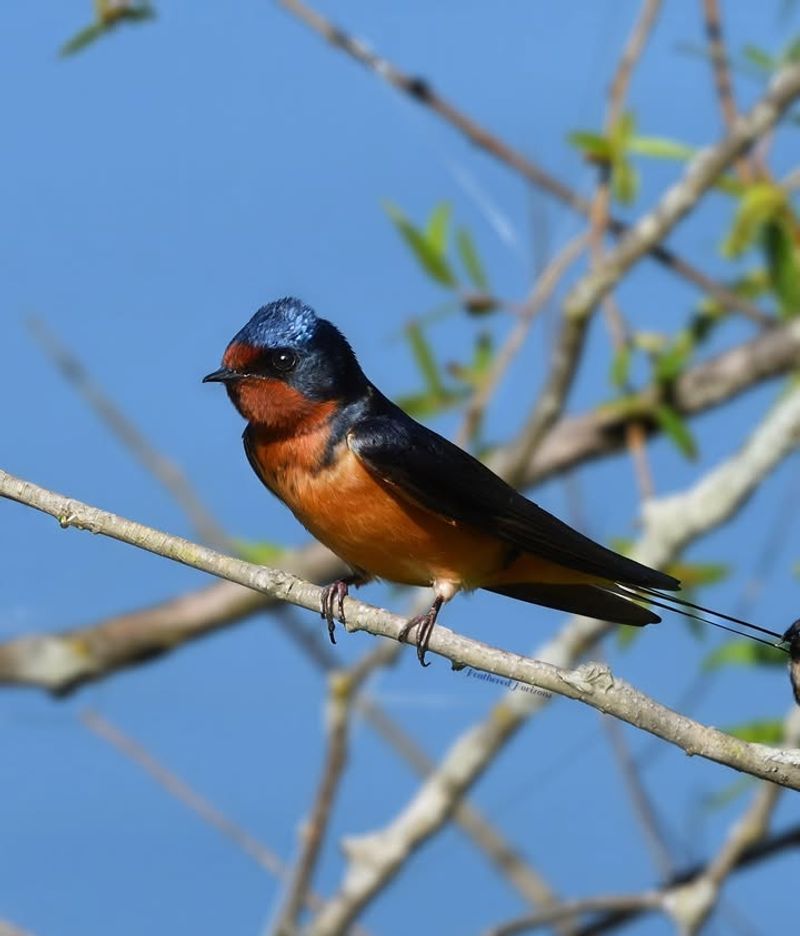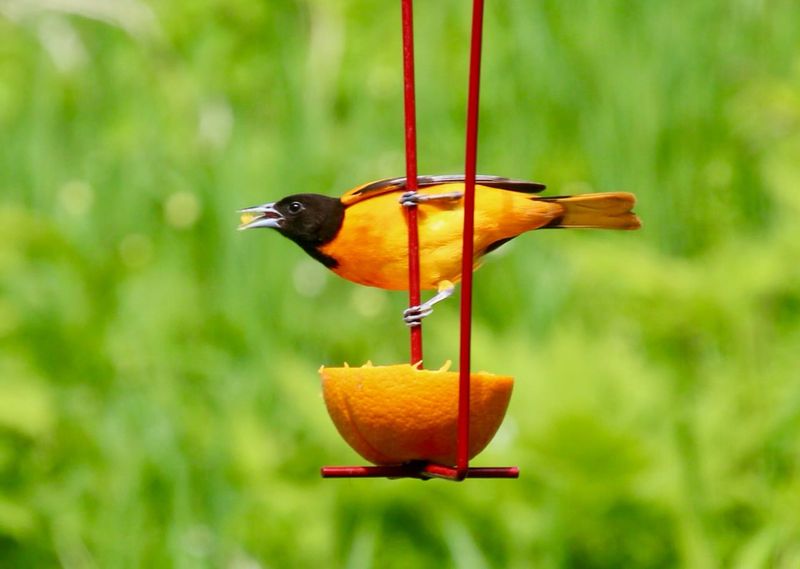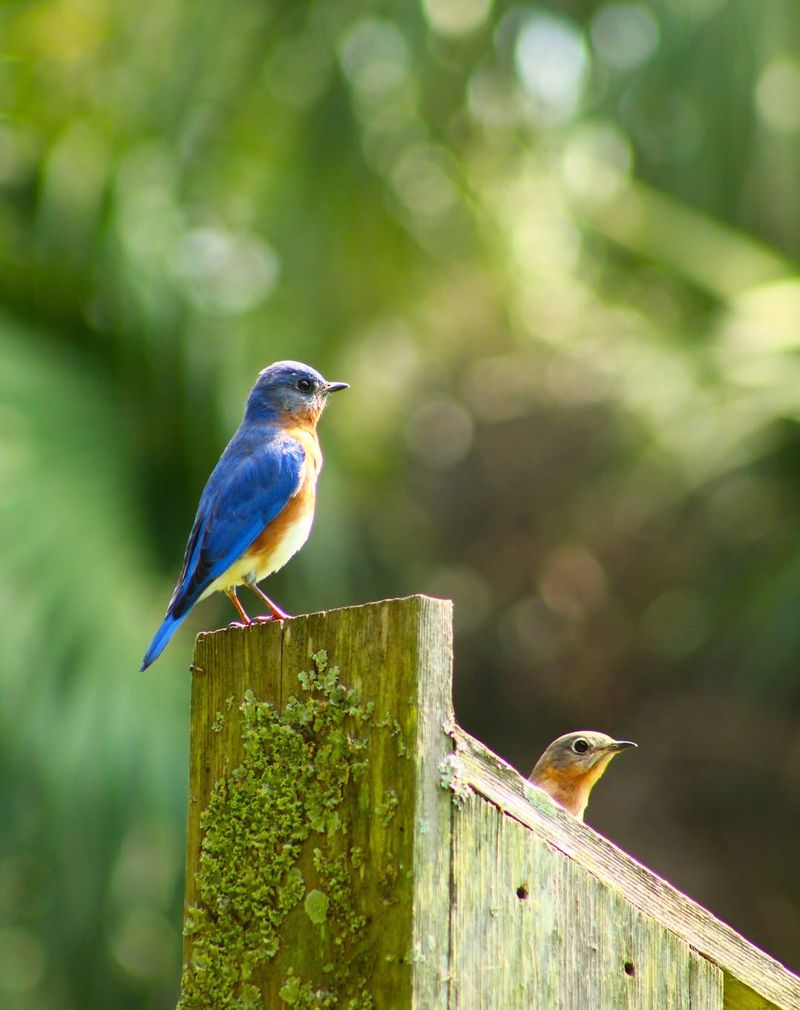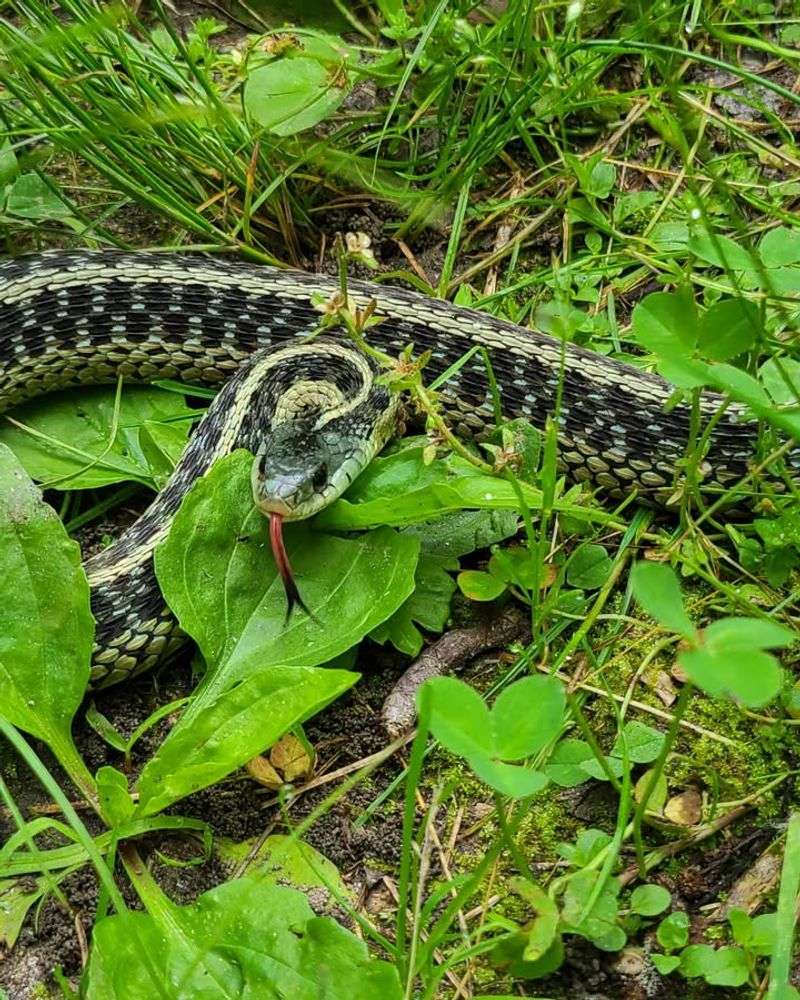Minnesota is full of wildlife, and some of the creatures that wander into our homes and gardens are actually protected by law.
From tiny insects to curious mammals, these residents have surprising rights that keep them safe. Learning about them can turn an ordinary garden into a little sanctuary for nature.
Let’s meet some of these fascinating neighbors and see why it’s worth giving them a little space.
1. Ruby-Throated Hummingbirds
Hummingbirds zip through Minnesota backyards like tiny helicopters, their wings beating up to 80 times per second. Protected under the Migratory Bird Treaty Act, these amazing flyers travel thousands of miles between their winter homes and Minnesota summers.
Hanging sugar-water feeders helps these birds refuel during their exhausting journeys. Their ruby-red throats shimmer in sunlight, making them easy to identify. Disturbing nests or keeping hummingbirds as pets violates federal law and can result in serious fines across Minnesota.
2. Little Brown Bats
Little brown bats might roost in your Minnesota attic or garage, and despite what some homeowners think, they’re actually protected by state regulations. Each bat devours thousands of mosquitoes nightly, making them natural pest control champions.
White-nose syndrome has devastated bat populations across Minnesota, making legal protection crucial for their survival. If bats move into your home, you must wait until they leave naturally before sealing entry points. Harming or killing these flying mammals can lead to substantial penalties throughout the state.
3. Eastern Box Turtles
Box turtles lumber slowly through Minnesota yards, their domed shells decorated with beautiful yellow and orange patterns that look hand-painted. These ancient-looking reptiles can live over 100 years, making each individual incredibly valuable to Minnesota’s ecosystem.
State law prohibits taking box turtles from the wild because their populations have declined significantly. If you spot one crossing your property, simply let it continue on its way. Minnesota regulations exist to ensure future generations can still enjoy encountering these remarkable shelled wanderers.
4. Painted Turtles
Minnesota’s state reptile, the painted turtle, basks on logs and rocks near backyard ponds with its shell glistening in sunshine. Bright yellow stripes decorate their heads and legs, while red markings edge their shells like artistic brushstrokes.
These turtles are protected under Minnesota state regulations that limit collection and possession. They help keep pond ecosystems healthy by eating dead plant matter and small aquatic creatures. Creating turtle-friendly water features in your Minnesota yard supports these protected reptiles while adding natural beauty to your landscape.
5. American Kestrels
America’s smallest falcon, the kestrel hunts grasshoppers and mice across Minnesota’s open spaces with remarkable aerial agility. Males sport slate-blue wings and rusty backs, while females wear more subtle brown tones that help them blend into surroundings.
The Migratory Bird Treaty Act grants these petite predators full federal protection throughout Minnesota. Kestrels sometimes nest in backyard nest boxes designed specifically for them. Watching them hover mid-air before diving on prey provides Minnesota residents with spectacular natural entertainment right at home.
6. Gray Tree Frogs
Masters of disguise, gray tree frogs can actually change color to match their surroundings, from gray bark to green leaves. Their sticky toe pads let them climb Minnesota garden fences, trees, and even house siding with ease.
Protected under Minnesota amphibian regulations, these frogs produce loud trilling calls that sound almost mechanical on warm summer evenings. They consume countless insects, making them valuable pest controllers for Minnesota homeowners. Their bright orange inner thighs flash as warning colors when predators get too close to these protected climbers.
7. Barn Swallows
Graceful barn swallows swoop and dive through Minnesota yards, catching flying insects mid-air with incredible precision. Their deeply forked tails and cobalt-blue backs make them easy to recognize as they perform aerial acrobatics.
Federal protection covers these migratory birds, including their distinctive mud nests built under Minnesota home eaves and garage overhangs. Each pair returns to the same nesting site year after year, sometimes for decades. Destroying active nests violates the Migratory Bird Treaty Act, so Minnesota homeowners must wait until birds migrate before removing old nests.
8. Baltimore Orioles
Flashing brilliant orange and jet-black feathers, male Baltimore orioles look like flying flames as they visit Minnesota feeders and trees. Their hanging sock-like nests dangle from tree branches, woven with incredible skill from plant fibers and string.
Minnesota law protects these stunning songbirds under federal migratory bird regulations throughout their breeding season in the state. Offering orange slices and grape jelly attracts them to backyards where their whistling songs brighten spring mornings. Even possessing oriole feathers without permits is illegal across Minnesota and most other states.
9. Eastern Bluebirds
Eastern bluebirds bring flashes of brilliant sky-blue color to Minnesota gardens, especially when they perch on fence posts scanning for insects. Their cheerful warbling songs and rusty-orange breasts make them favorites among backyard bird watchers.
Protected under the Migratory Bird Treaty Act, these cavity nesters readily use nest boxes placed throughout Minnesota properties. Bluebird populations recovered dramatically thanks to conservation efforts and artificial nesting sites provided by Minnesota residents. Harming these beloved birds or disturbing their nests during breeding season carries serious legal penalties across the state.
10. Garter Snakes
Garter snakes slither harmlessly through Minnesota gardens, their striped bodies helping them blend into grass and vegetation. Despite common fears, these reptiles are completely harmless to humans and actually help control slug and insect populations.
Minnesota law protects most snake species, including garters, from unnecessary killing or harassment. They hibernate in large groups during winter, sometimes under Minnesota home foundations or in rock walls. Learning to appreciate these helpful reptiles benefits your garden ecosystem while keeping you compliant with Minnesota wildlife protection laws throughout the state.

